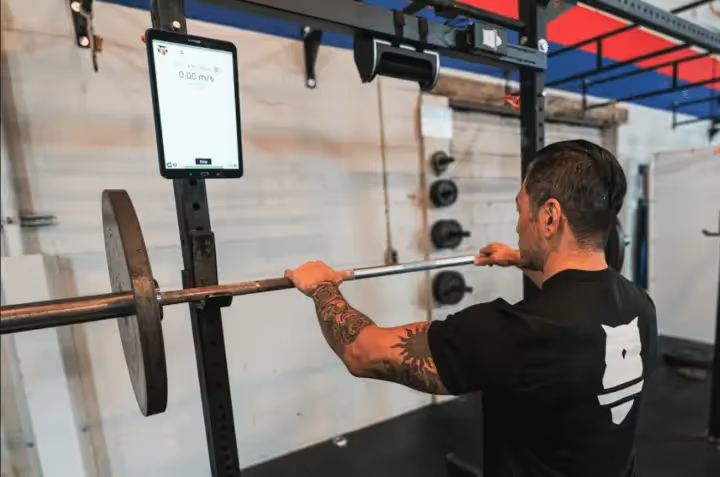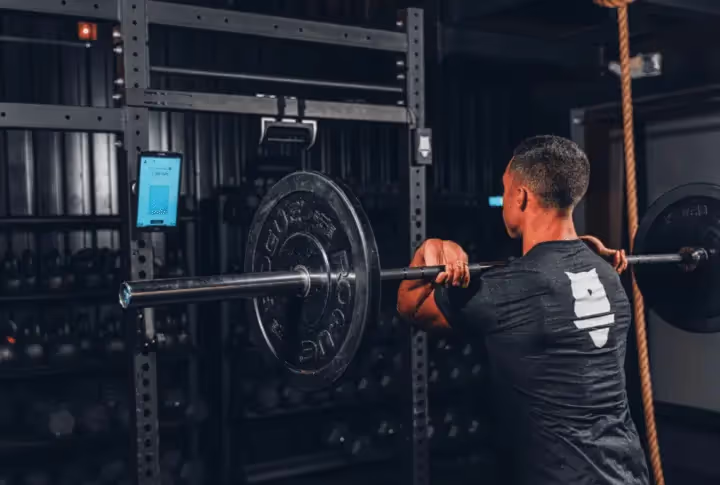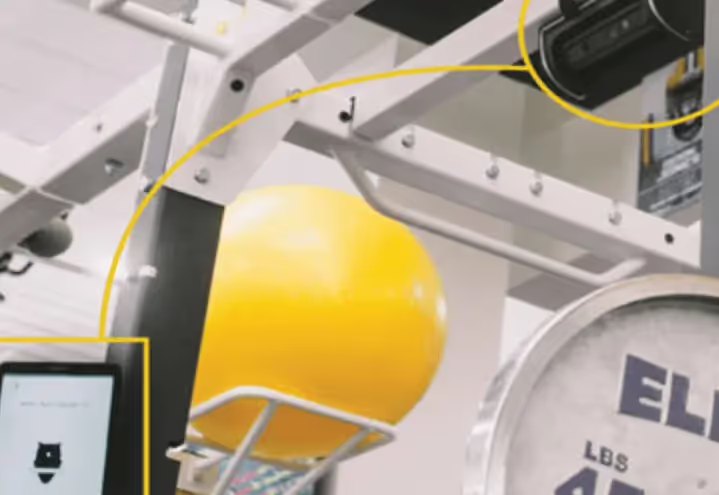Technology for Athletic Performance

In the modern era of sports, technology has become an integral part of athlete training and performance. With advancements in science and technology, athletes have access to a wide range of tools and devices that can help improve their overall performance. In this blog post, we will discuss the importance of using technology for athletic performance and how it can help athletes reach their full potential.
DATA-DRIVEN TRAINING
One of the most significant benefits of using technology for athletic performance is the ability to collect and analyze data. By using tools such as fitness trackers and heart rate monitors, athletes can track various aspects of their training, including their heart rate, calories burned, and sleep patterns. With this information, coaches and athletes can tailor their training to meet their specific needs and make necessary adjustments to optimize their performance. By collecting data and analyzing it, athletes can also identify areas of weakness and work on improving those areas.
INJURY PREVENTION
Another significant benefit of using technology for athletic performance is injury prevention. With the help of tools such as motion analysis software, coaches and trainers can identify potential issues with an athlete's form and technique. By making adjustments and addressing these issues early on, athletes can reduce their risk of injury and improve their overall performance. Technology can also be used to monitor an athlete's workload and make necessary adjustments to prevent overuse injuries.
MENTAL PREPARATION
Technology can also be used to help athletes prepare mentally for competitions. Virtual reality technology, for example, can be used to simulate competition scenarios and help athletes visualize and mentally prepare for these situations. By reducing anxiety and improving mental preparedness, athletes can perform at their best when it matters most.
RECOVERY
Another important aspect of athletic performance is recovery. Athletes need to recover properly after training and competitions to perform at their best. Technology can be used to monitor an athlete's recovery and make necessary adjustments to their training and nutrition to optimize recovery. Tools such as cryotherapy chambers and compression boots can also help to speed up recovery and reduce inflammation. Additionally, maintaining historical data via technology can help coaches understand if athletes are underperforming, or overperforming based on the time of year. This in turn can help coaches modify training sessions and tailor programs based on athlete performance.
Using readiness assessments from force plates, VBT devices like Perch, testing grip strength or jump height, can help inform ability. And recovering with proper nutrition, hydration, and even cold tubs, or compression boots or massage guns can help.
IMPROVING TECHNIQUE
Technology can also be used to help athletes improve their technique. Motion analysis software, for example, can be used to identify potential issues with an athlete's form and provide recommendations for improvement. Video analysis tools can also be used to review an athlete's technique and identify areas for improvement. Even velocity based training devices can help coaches identify where an athlete may be deficient, and help them coach more effectively to improve technique.
COLLABORATION
Technology can also facilitate collaboration between coaches, trainers, and athletes. With the use of cloud-based software, coaches and trainers can share training plans, workout data, and other important information with athletes. This can help to ensure that everyone is on the same page and working towards the same goals. This is especially important when dealing with return to play or injuries. Ensuring historic data is maintained, and athletes can return to play safely and efficiently is paramount in athletics. Being able to work cross functionally across departments is huge, and technology can help enable this.
CONCLUSION
In conclusion, the use of technology has become increasingly important for athletic performance from work in the weight room to on the field of play. It can help athletes collect and analyze data, prevent injuries, improve mental preparation, optimize recovery, improve technique, and facilitate collaboration. With the help of technology, athletes can reach their full potential and perform at their best when it matters most.

Read more about Perch here! And check out Product Videos here. And our support website here.
Back to basics? Review the origins of VBT and Strength Training!
SOURCES
Bongiovanni, T., Hagstrom, A. D., & Timmerman, K. L. (2017). The role of wearable technology in clinical sport psychology: a review. Journal of Clinical Sport Psychology, 11(1), 54-67.
Gokeler, A., Welling, W., Benjaminse, A., Lemmink, K., & Seil, R. (2019). Sport injury prevention research—what are we missing? Sports Medicine, 49(11), 1749-1756.
Halson, S. L. (2014). Monitoring training load to understand fatigue in athletes. Sports Medicine, 44(2), 139-147.
Hulteen, R. M., Smith, J. J., Morgan, P. J., Barnett, L. M., Hallal, P. C., Colyvas, K., & Lubans, D. R. (2015). Global participation in sport and leisure-time physical activities: a systematic review and meta-analysis. Preventive Medicine, 81, 258-267.
Povolotskiy, R., Karpova, A., Galashova, T., Kostyukov, A., & Lyakhovetskiy, V. (2018). Application of virtual reality technology in sports training. Journal of Physics: Conference Series, 1015(1), 012042.
Sánchez-Moreno, J., García-Manso, J. M., & Rodríguez-Marroyo, J. A. (2017). Use of wearable technology in elite soccer: a systematic review. Journal of Sports Science and Medicine, 16(4), 548-562.

Start Gathering Data With Perch Today!
Reach out to us to speak with a representative and get started using Perch in your facility.

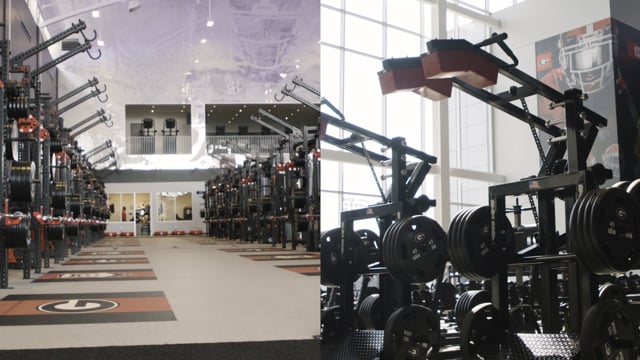
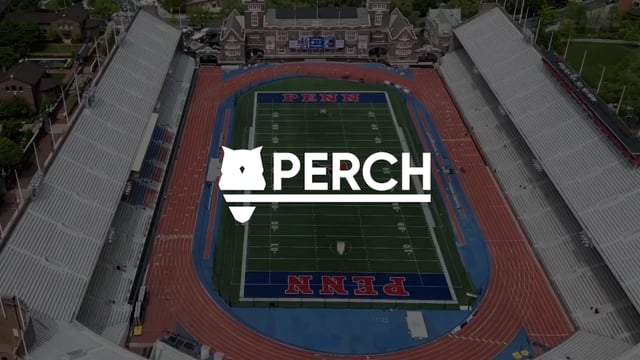


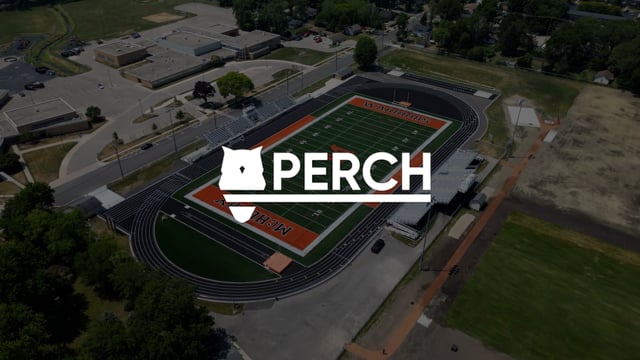
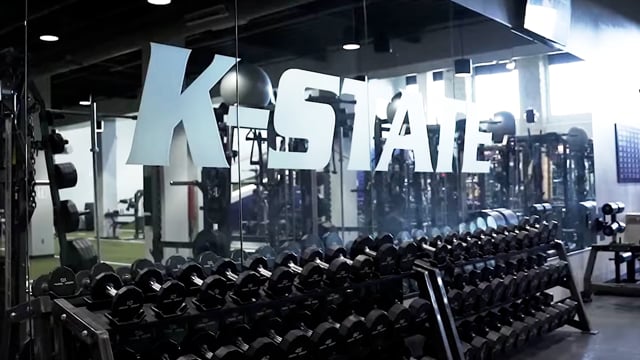


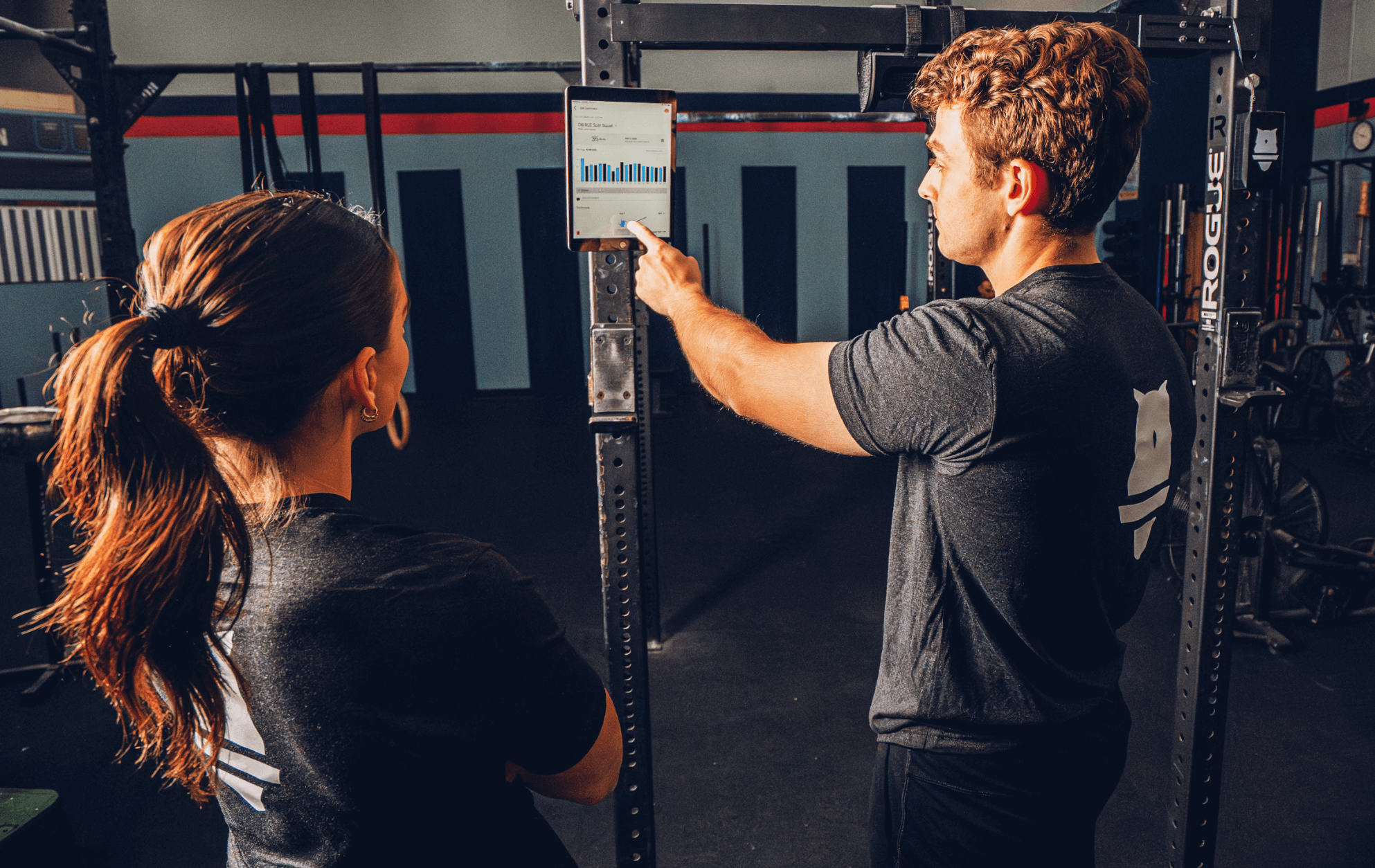
































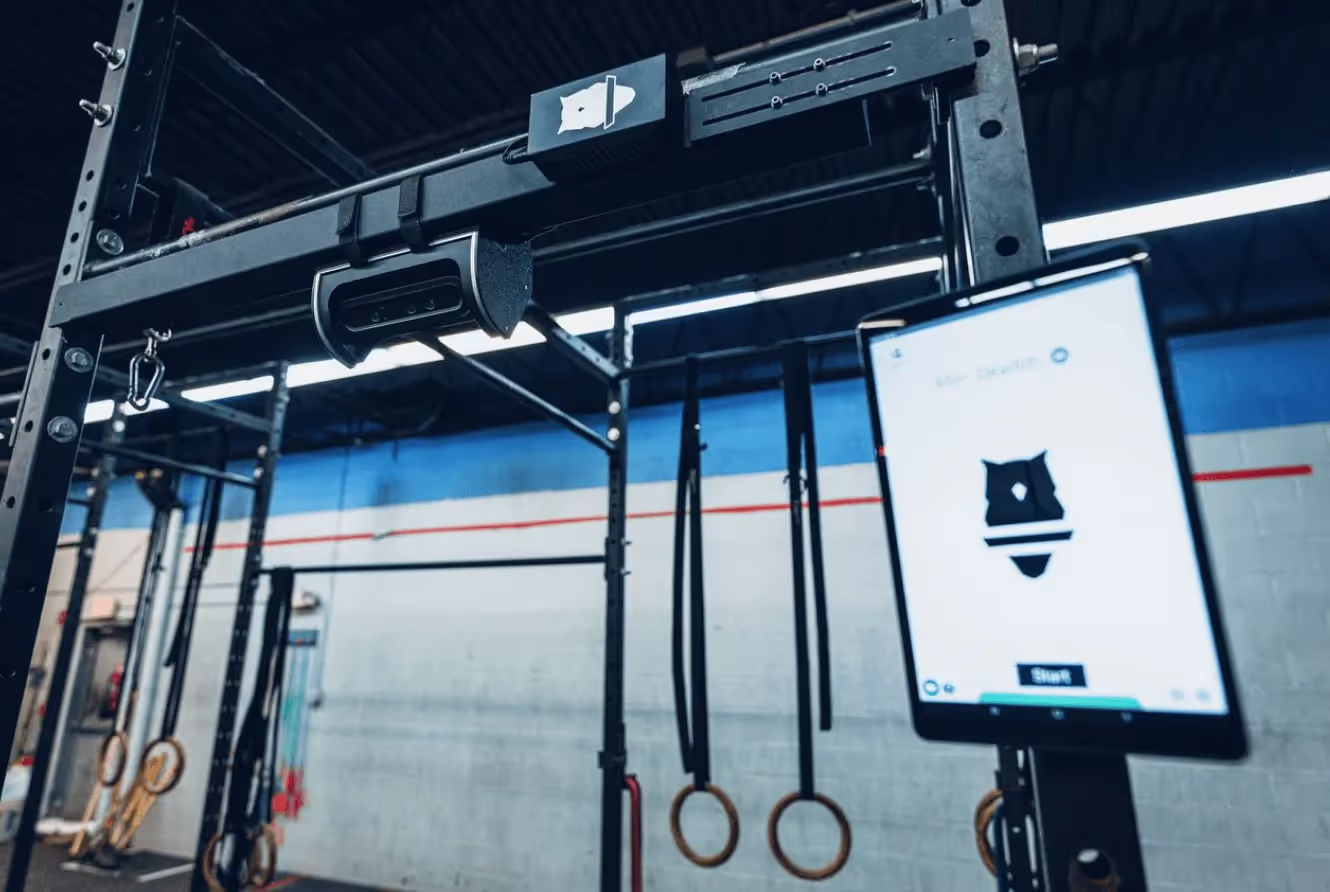
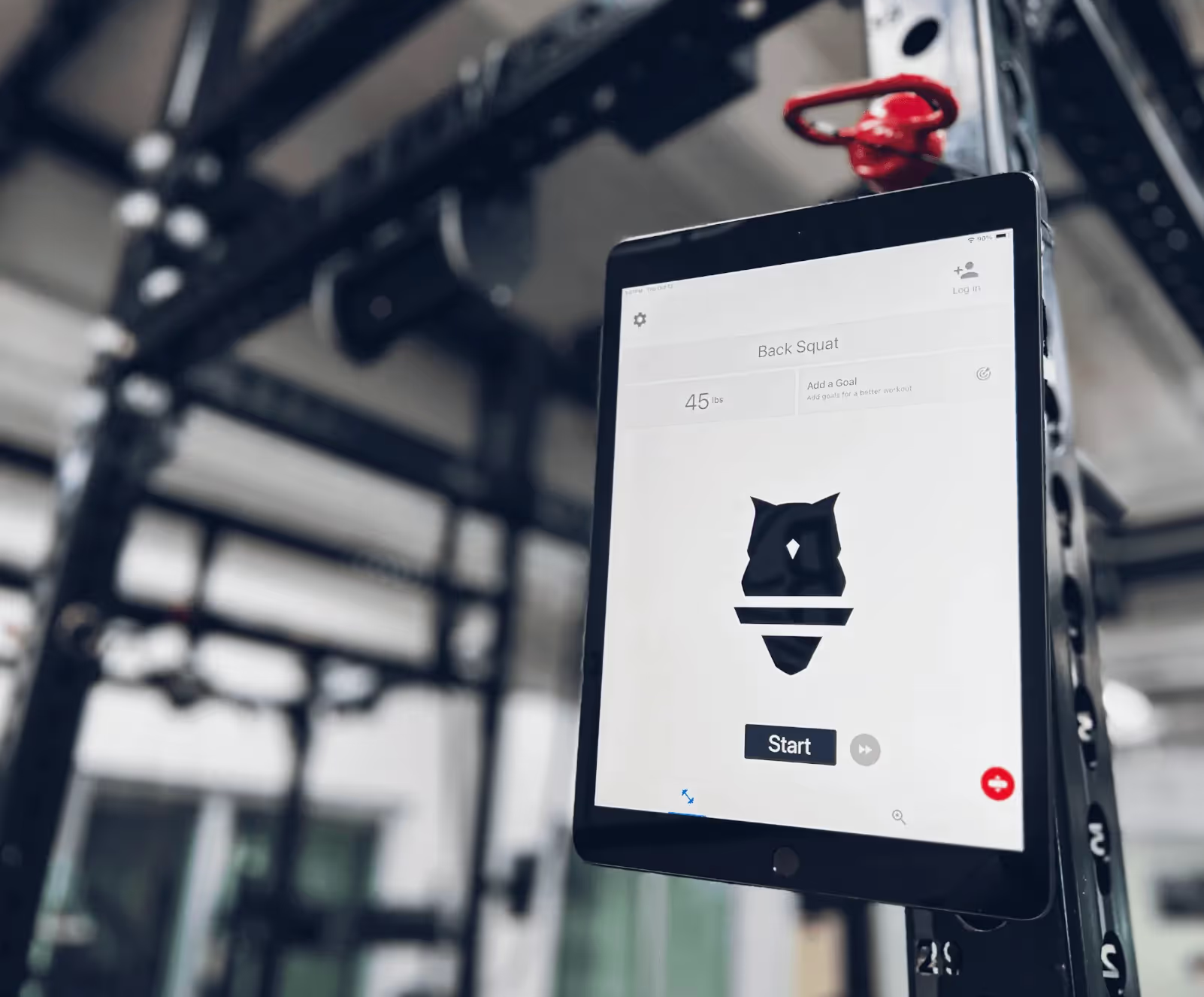



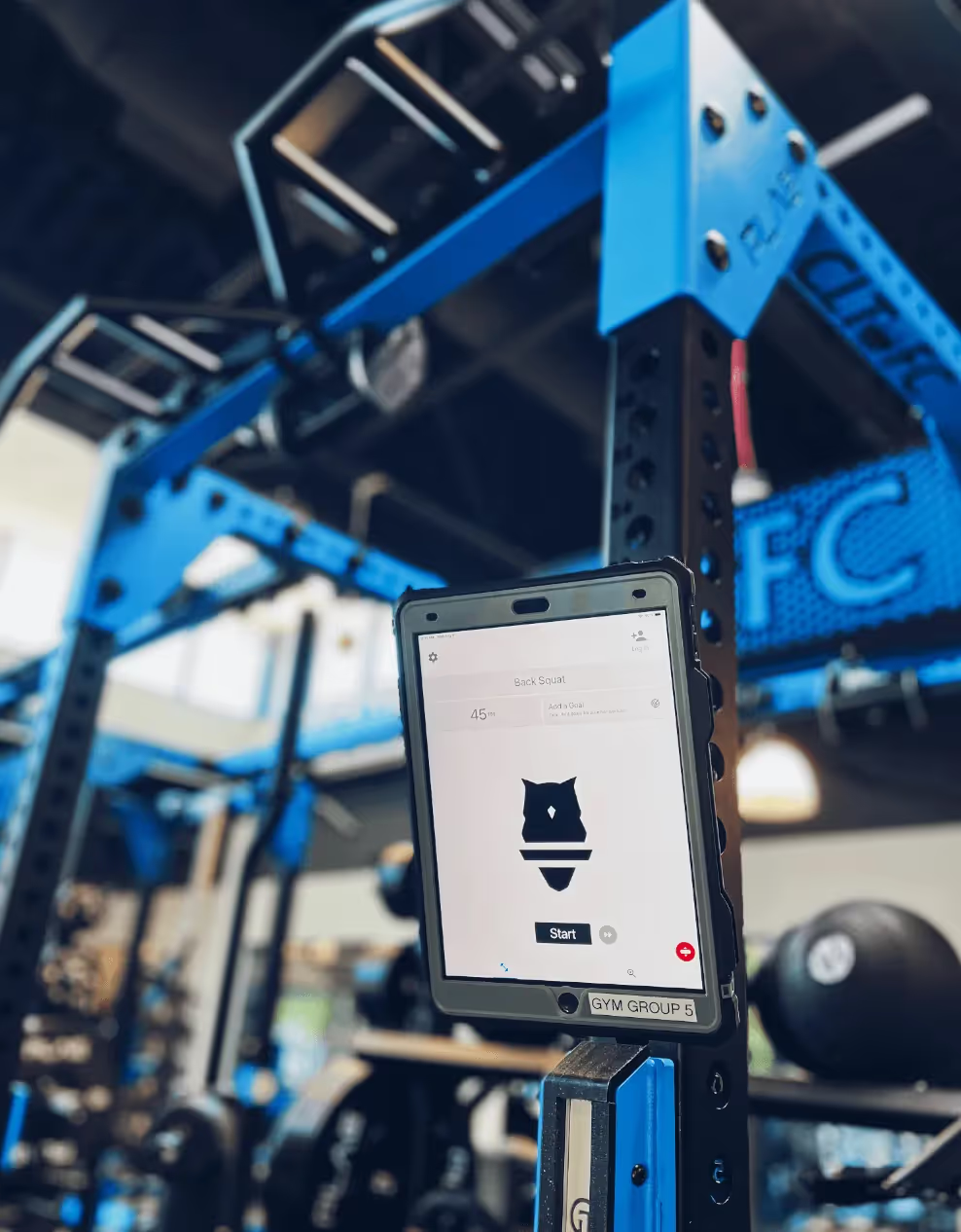
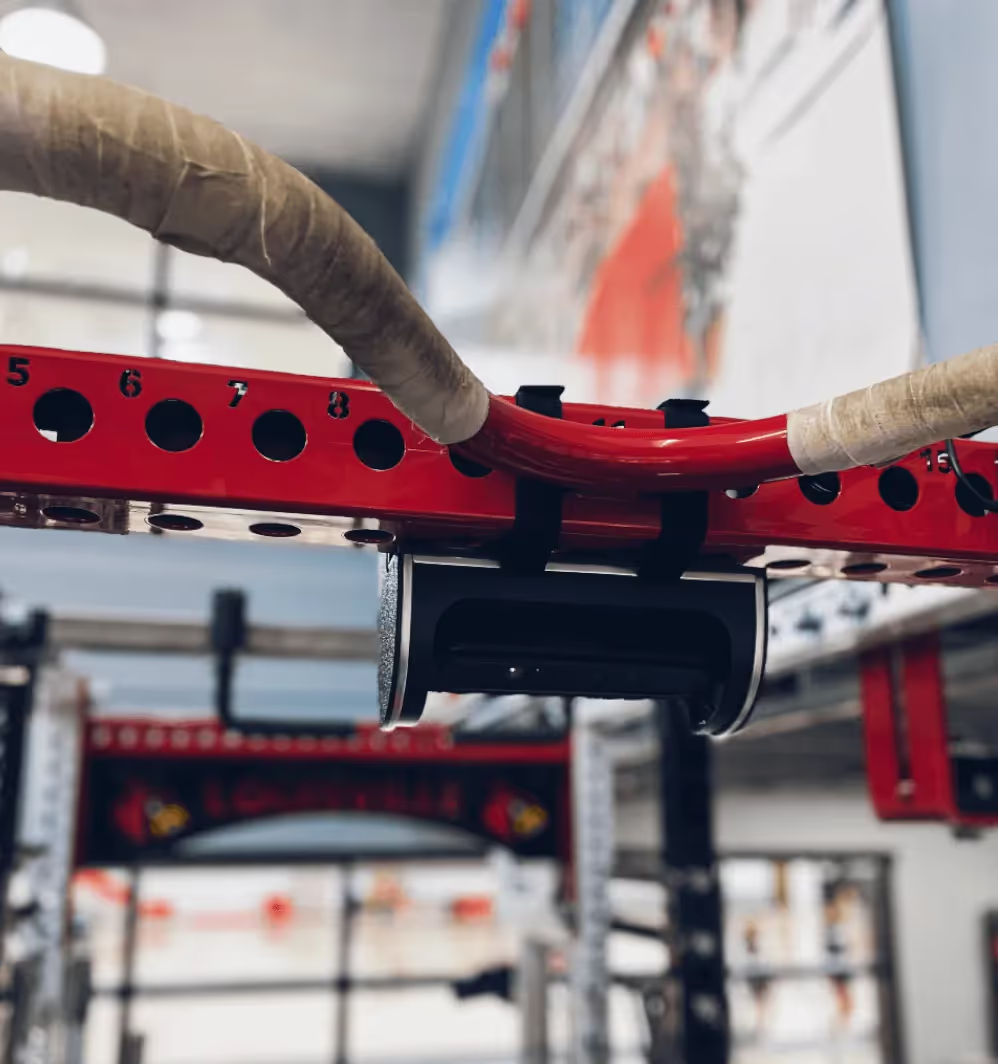











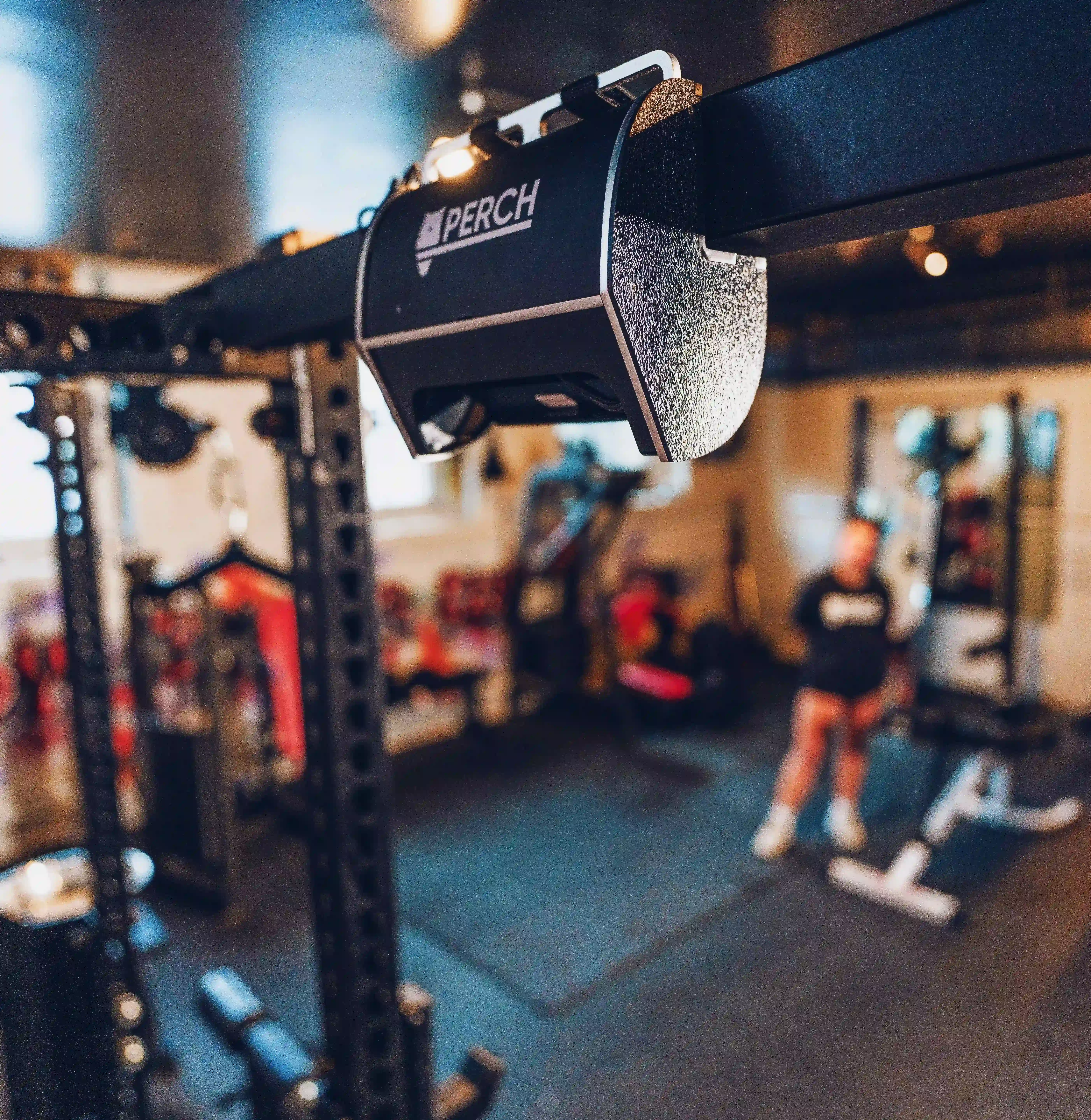
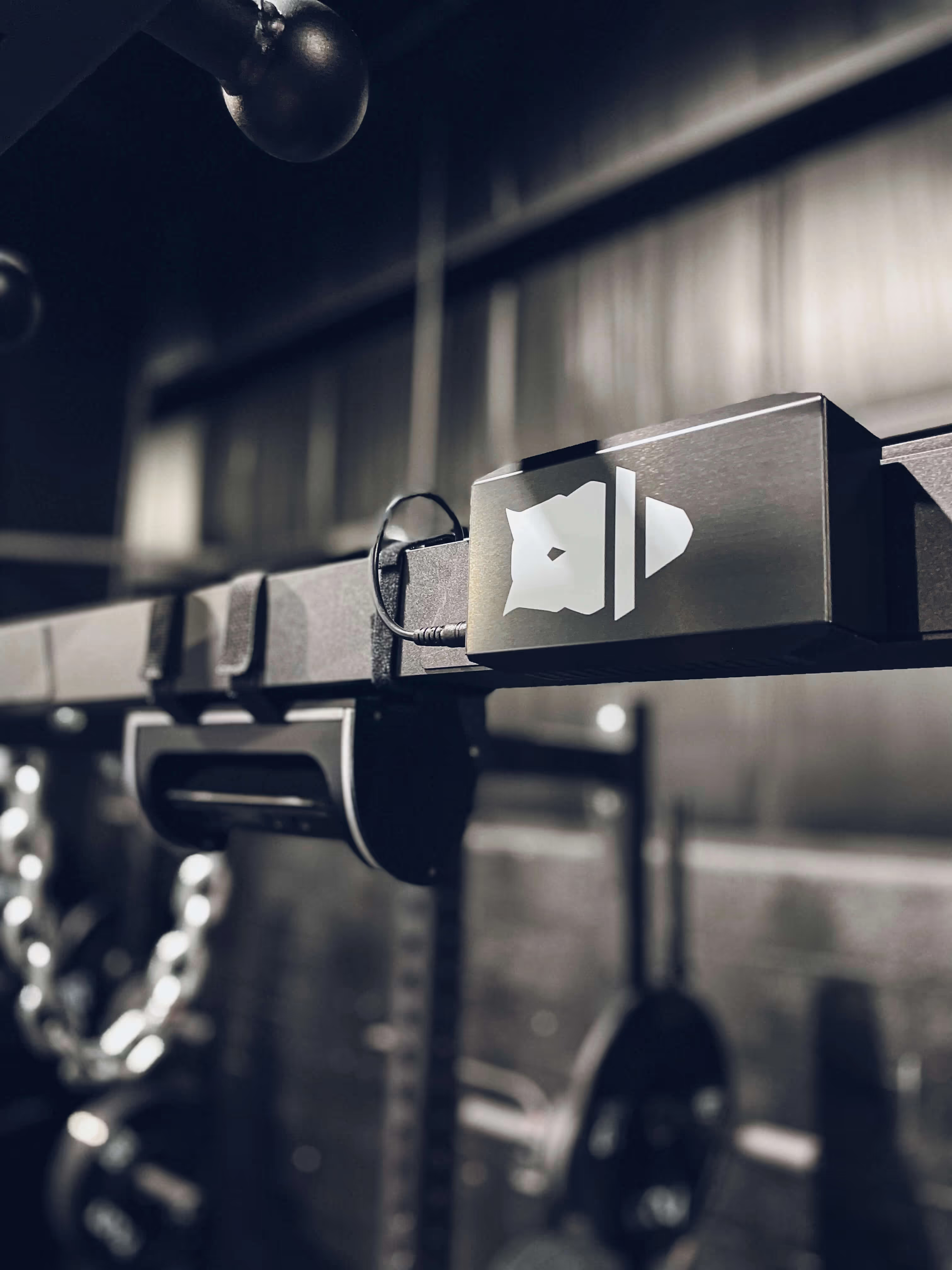

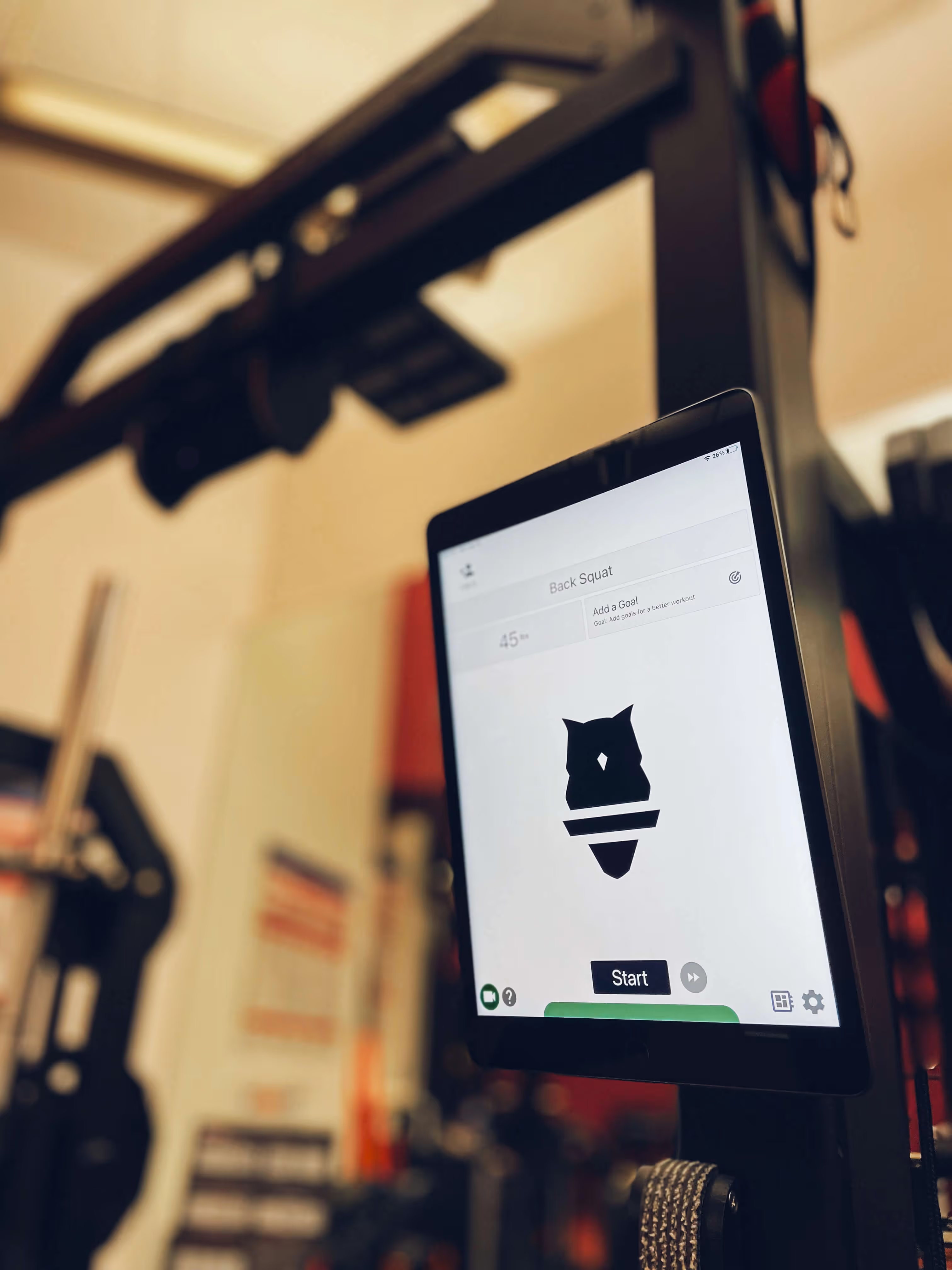








.avif)






